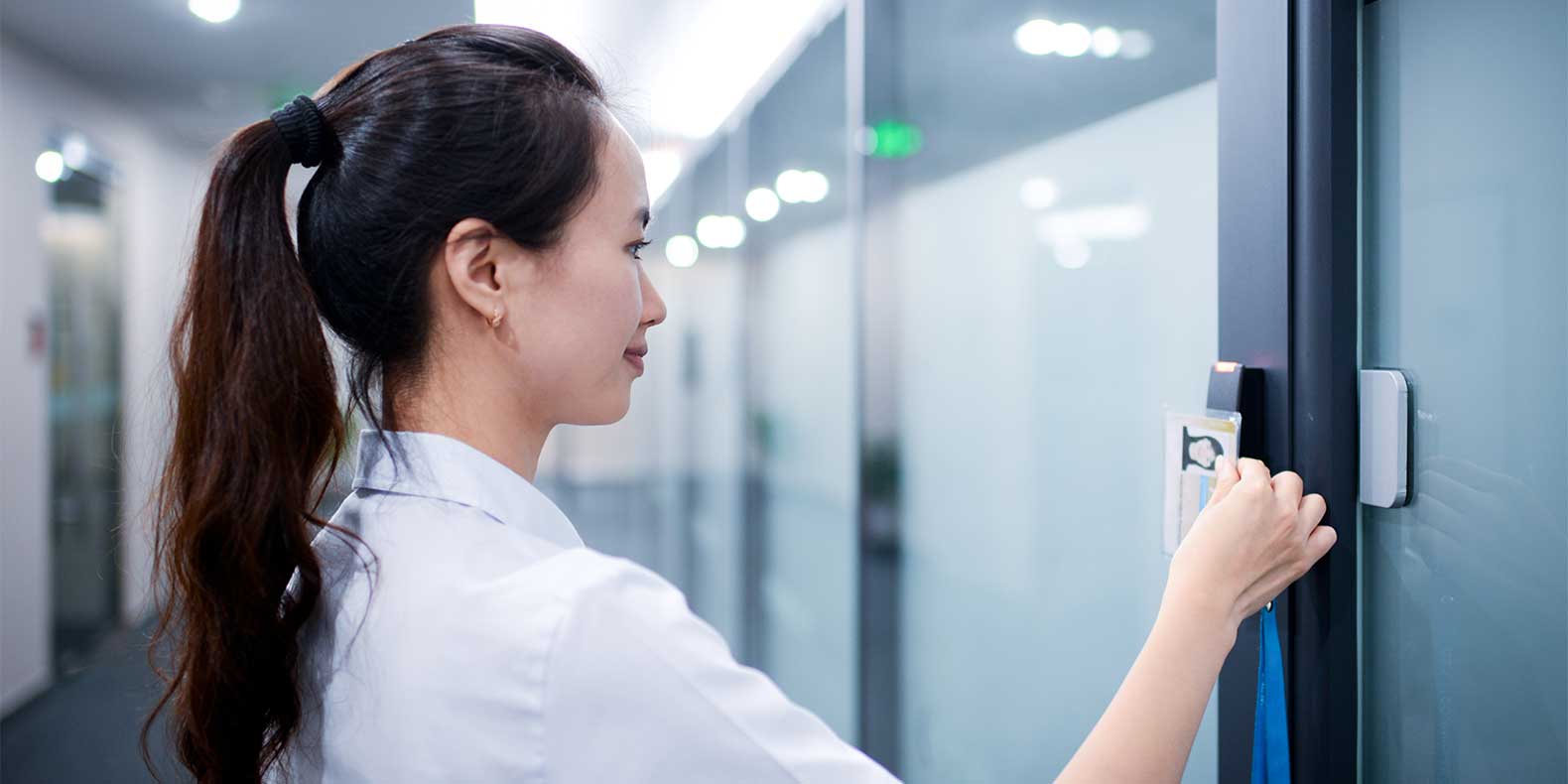This post was originally published on June 23, 2016 and updated for comprehensiveness and accuracy.
According to the National Association for Shoplifting Prevention, there are over 550,000 shoplifting incidents every day, resulting in over $50 billion in retail losses annually.
To safeguard your business, retail loss prevention should be a top priority, which is why it’s necessary to design an optimal security program to protect customers, employees, and property. Here are four tips to help you design a security program optimized for your needs and for retail loss prevention.
Identify Weak Points
Every business has its unique security vulnerabilities. To properly protect your business, take potential security threats into consideration:
- Neighborhood demographics and crime rate.
- Entry point security.
- Inventory, merchandise, and cash onsite.
- Store layout.
- Staff trustworthiness.
Identifying these potential dangers allows your security provider to design a program that mitigates security weaknesses and improves the overall shopping experience for customers.
Incorporate Electronic Article Surveillance
To stay ahead of savvy shoplifters and prevent loss, consider incorporating electronic article surveillance (EAS). An EAS security system is an anti-shoplifting system where tags are attached to clothing and other merchandise. An employee must remove or deactivate the tag after purchase, or an alarm will sound. EAS gives store owners instant theft notification and can reduce shoplifter confidence.
When considering a retail EAS security system, be sure to invest in one that includes anti-jamming technology. Sometimes those who participate in organized retail crime will use tools to try and prevent EAS tags from working.
Before investing in a retail EAS security system, consider the products you offer to determine whether it would be practical. In a situation where your most frequently shoplifted merchandise is small and inexpensive, it would be impractical to tag every item. Your security provider can work with you to determine the best EAS security solution for your business.
Install Surveillance Video
Stay connected to your business with video surveillance. Use your computer or smartphone to monitor your business in real-time and receive immediate alerts of unusual activity, such as loitering or shoplifting.
Furthermore, video surveillance allows you to monitor points of sale (POS), such as cash registers and payment kiosks. Placing surveillance cameras near point-of-sale channels helps prevent:
- Fraudulent transactions (e.g. voided transactions, sales under one dollar, reverse transactions, zero dollar transactions).
- Employee misbehavior (e.g., misuse of coupons, gift cards, refunds).
- Suspicious activity near registers (e.g., loitering, products left under shopping carts, no customer present during a transaction)
With transaction data and POS monitoring, you can better track your business and ensure security. You should also consider putting up signs letting shoppers know the store is protected with video surveillance and security. This may discourage some shoplifters, and let them know security is taken seriously.
Strategically Place Lights
A poorly lit property may look inviting to shoplifters. Keep your business safe with appropriate outdoor lighting. Position lights to illuminate steps, covered areas, walkways, and parking lots to enhance safety. The type used will vary based on your business’ needs, but may include spotlights, floodlights, step lights and lampposts.
If you own a business and want to learn more about retail loss prevention or how an Electronic Article Surveillance system could help you, feel free to contact an expert at Vector Security today.



